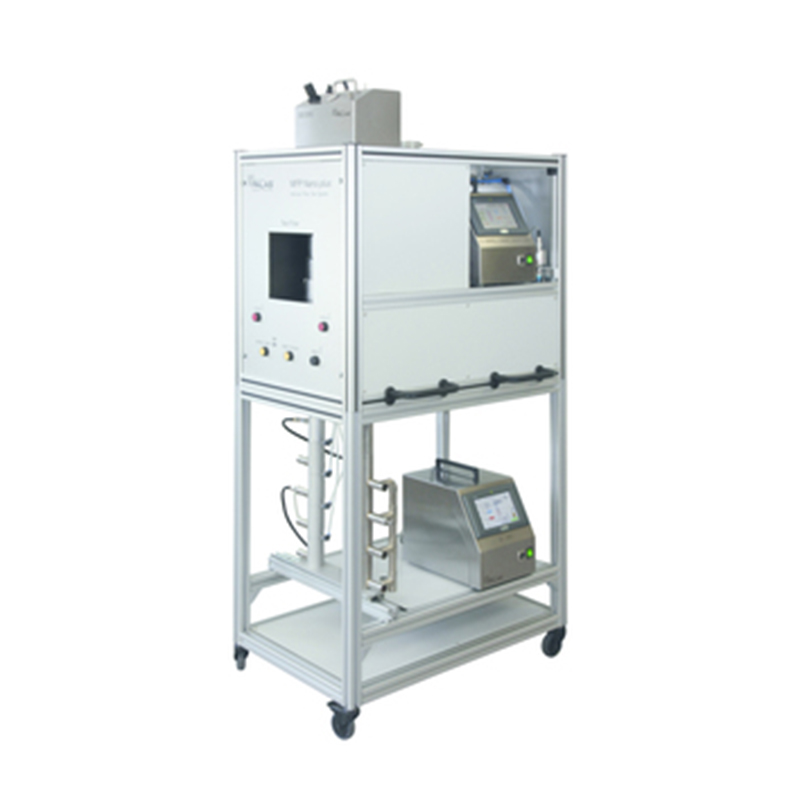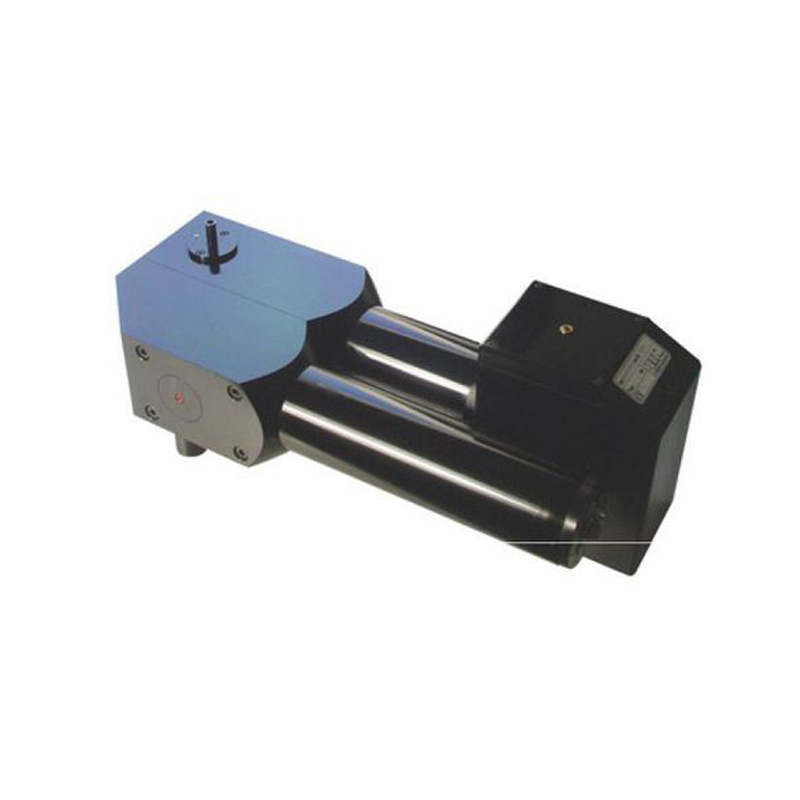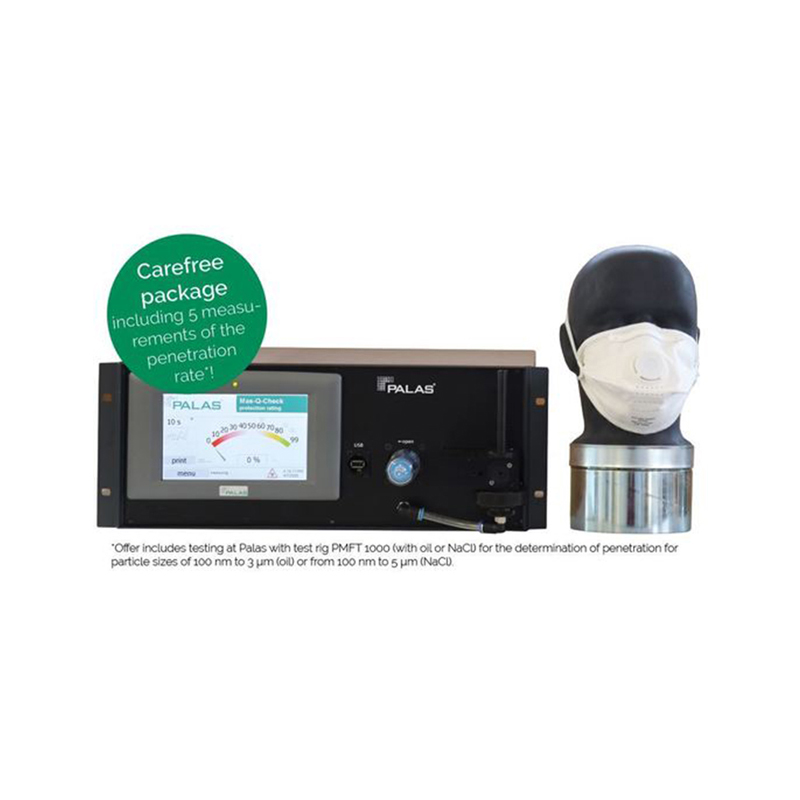Description
MFP filter test rigs from Palas® have already proved themselves many times over all around the world in practical applications in development and quality control.
The MFP Nano plus has been speciallydesigned for the clear determination of the separation efficiency of HEPA and ULPA filter media in accordance with DIN EN 1822-3 and ISO 29463-3.
In the form of the U-SMPS, a modern and powerful nano particle measuring device with a measurement range from 5 nm to 1 µm is used for particle size and quantity analysis.
With the aid of the universal aerosol generator UGF 2000, defined aerosol distributions matched to the MMPS range can be produced with DEHS or salt (NaCl / KCl).
Thanks to the movable dilution cascades, the test rig can be changed over from salt aerosols to DEHS aerosols within a very short space of time, with no need for cleaning.
The largely automated setup of the test sequence together with the clearly defined individual components and the individually adjustable sequence programs of the filter test software FTControl combine to deliver the high reliability of our measurement results.
The MFP filter test rig is a modular filter testing system for flat filter media and small mini-filters.
Pressure loss curves, fraction separation efficiency or burden can be determined within a very short period of time – both reliably and cost-effectively.
Our quality in detail

1. Variable aerosol generation with the UGF 2000 for KCl / NaCl or DEHS. Integrated silica gel drying length. The volume flow for the aerosol generation is individually regulated via mass flow controllers.
2. Aerosol neutralization: Krypton source Kr 85 – 370 or Soft x-ray Charger XRC 370
Corona discharge (optional): Adjustable ion stream for different mass flows. Adjustable mixed air for inflow speeds from 1.5 to 40 cm/s. Monitoring and control are implemented via mass flow controllers.
3. Mobile pneumatic filter holder for fast removal and loading of the test rig.
4. Movable dilution cascades:
The dilution cascades enable defined dilution of the applied test aerosol by the factors 10, 100, 1,000 and 10,000. As they are movable, the test rig can be changed over in a very short time from salt aerosols to DEHS aerosol. Lengthy or complex cleaning of the systems is not required.
5. U-SMPS for nano particle measurement
The Palas® filter test software FTControl controls the U-SMPS and evaluates the data.
Adjustment of the aerosol distribution to the MPPS range
Through suitable adjustment of the solution concentration, the generated particle size distribution is matched to the relevant MPPS range in the MFP Nano plus.

Fig. 1: Adjustment of the particle sizes for the required MPPS range with DEHS

Fig. 2: Comparison of fraction separation efficiencies in the MPPS range at 140 nm
• Clear demonstration of the separation efficiency of the filter medium throughout the entire measurement range
• Clear determination of the MPPS range
• Highest measurement reproducibility and repeatability highlight even fine differences in the separation efficiency
• Short measurement times of around 6 minutes per separation efficiency measurement thanks to optimized application
• Simple comparison of separation efficiency curves, calculation of mean values also possible
Automation:
The MFP Nano plus has integrated mass flow controllers that it uses to control the volume flow; these can be automatically monitored and controlled via the FTControl filter test software.
Sensor data such as the volume flow and differential pressure at the filter are also recorded automatically during the filter test. The raw gas measurement is performed without the filter medium with a dilution factor matched to the separation efficiency (10, 100, 1,000 or 10,000). The clean gas measurement is then performed without dilution and with the filter medium inserted. The change in dilution factor is performed automatically.
Verification of the dilution factor:
The dilution systems integrated in the MFP Nano plus work in the same way as the tried and tested VKL series with the ejector principle. The advantages of this dilution cascade are the clear transfer behavior, low level of contamination and the simple cleaning.

Fig. 3: Verification of the dilution factor via raw/clean gas comparison with a factor of 10 and NaCl particles
• With the MFP Nano plus, measurements of the fraction separation efficiency can be performed both in the MPPS range and across the entire measurement range. In addition, the relevant pressure loss of the medium is clearly determined at the relevant inflow speed.




